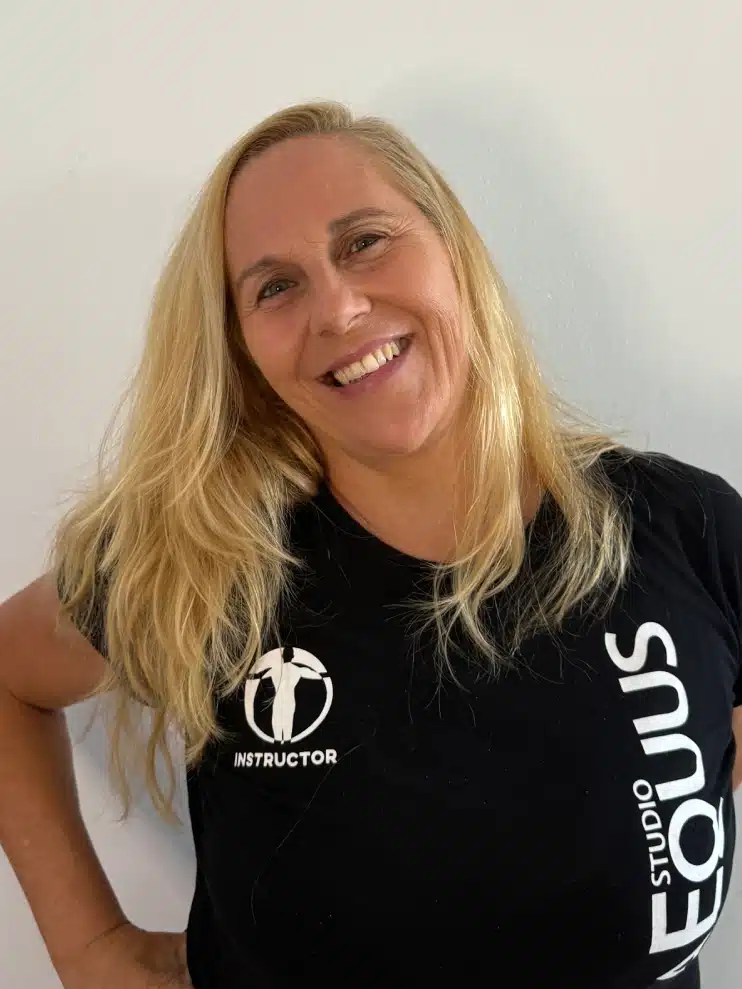In Estudio Aequus, scoliosis is a condition that affects the spine and is characterized by an abnormal “S” or “C” curvature. This deviation can cause pain and limit mobility, and affects children and adolescents as well as adults.
What is scoliosis?
Scoliosis is an abnormal lateral curvature of the spine that can affect both the thoracic and lumbar regions. Instead of having a straight shape, the spine of a person with scoliosis is deflected to one side, forming an “S” or “C” shaped curve. This curvature can vary in severity from mild to severe.
Scoliosis can be detected in early stages during childhood or adolescence, since this is when the spine is in full growth. It is important to have regular check-ups with a medical specialist to monitor any signs of spinal deviation and take preventive measures if necessary.
In some cases, scoliosis can be treated with physical therapy, specific exercises or even the use of a special brace to help correct the curvature.
Symptoms of scoliosis
The symptoms of scoliosis can vary according to the severity of the curvature and the age of the individual. It is important to note that not all people with scoliosis experience clear symptoms, but here are some common signs to consider:
Symptoms in children and adolescents
In children and adolescents, symptoms of scoliosis may include a noticeable asymmetry in the shoulders, hips or ribs, a protrusion of one part of the torso compared to the other, difficulty maintaining an upright posture and recurrent back pain.
In addition to these physical symptoms, scoliosis in children and adolescents can also have an emotional impact. Concern about physical appearance and the possibility of being teased or discriminated against can affect self-esteem and self-confidence. It is important to offer emotional and psychological support to young people facing this condition.
Symptoms in adults
In adults, symptoms of scoliosis may include chronic back pain, muscle fatigue, difficulty breathing and an increased risk of developing internal organ problems.
In addition to physical symptoms, adult scoliosis can also have an impact on quality of life. Limited mobility and ability to perform daily activities may affect independence and participation in social activities.
It is important to have a comprehensive approach to the management of adult scoliosis, including medical treatment as well as emotional support and physical rehabilitation.
Types of scoliosis
There are several types of scoliosis, each with its own distinctive causes and characteristics. The most common types are presented below:
Idiopathic
Idiopathic scoliosis is the most common type and its exact cause is unknown. It is believed that it may be related to genetic and environmental factors.
Congenital
Congenital scoliosis develops before birth and is due to abnormalities in the formation of the vertebrae. This anomaly may be present from birth or develop during the first years of life.
Neuromuscular
Neuromuscular scoliosis is caused by neuromuscular disorders such as cerebral palsy or muscular dystrophy. These disorders can weaken the muscles that support the spine and cause abnormal curvature.
Risk Factors
Some factors may increase the risk of developing scoliosis. These factors include:
- Age: Scoliosis is usually diagnosed during adolescence, although it can affect people of all ages.
- Sex: Girls have a higher risk of developing scoliosis than boys.
- Family history: If someone in your family has scoliosis, you may have an increased risk of developing it.
Scoliosis treatment at Estudio Aequus
At Estudio Aequus, we are dedicated to providing personalized treatments for scoliosis. Our comprehensive approach combines physical therapy, strengthening exercises and postural alignment techniques to help improve our patients’ quality of life.
Whether you are a child, teenager or adult, scoliosis can significantly affect your quality of life. It is important to seek proper treatment and work with specialized professionals to find the best way to manage this condition.Contact us!
• Licenciada en educación física INEF por la Universidad de Lleida.
• Maestría en aerobic.
• Maestría en Fitness.
• Maestría en gimnasia rítmica y deportiva.
• Instructor BTS de Body Balance y Body Pump.
• Tonificación, Step y Aerobic de Fitness Pentatlón.
• Instructor de ciclismo Indoor y Tot Cycling.

